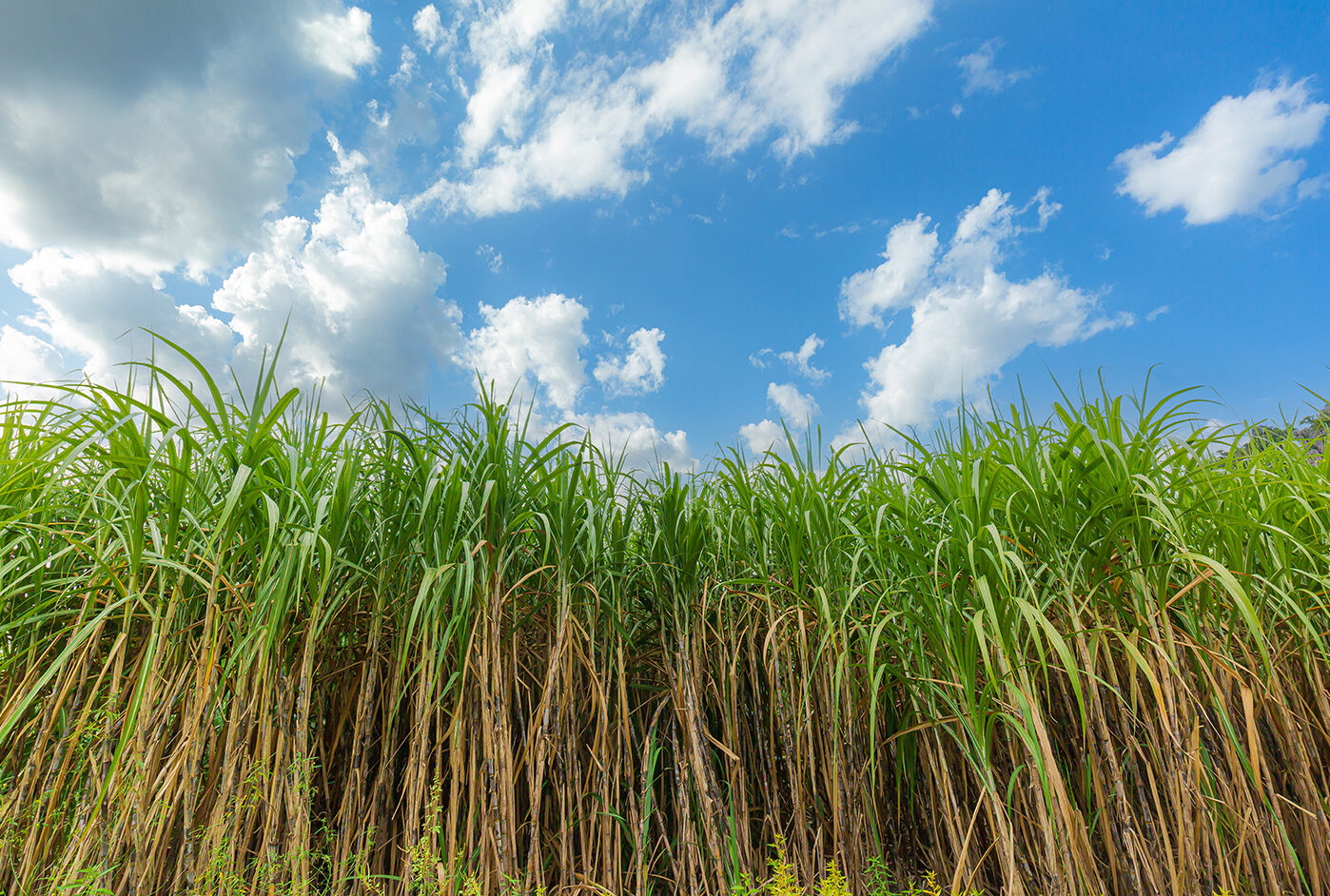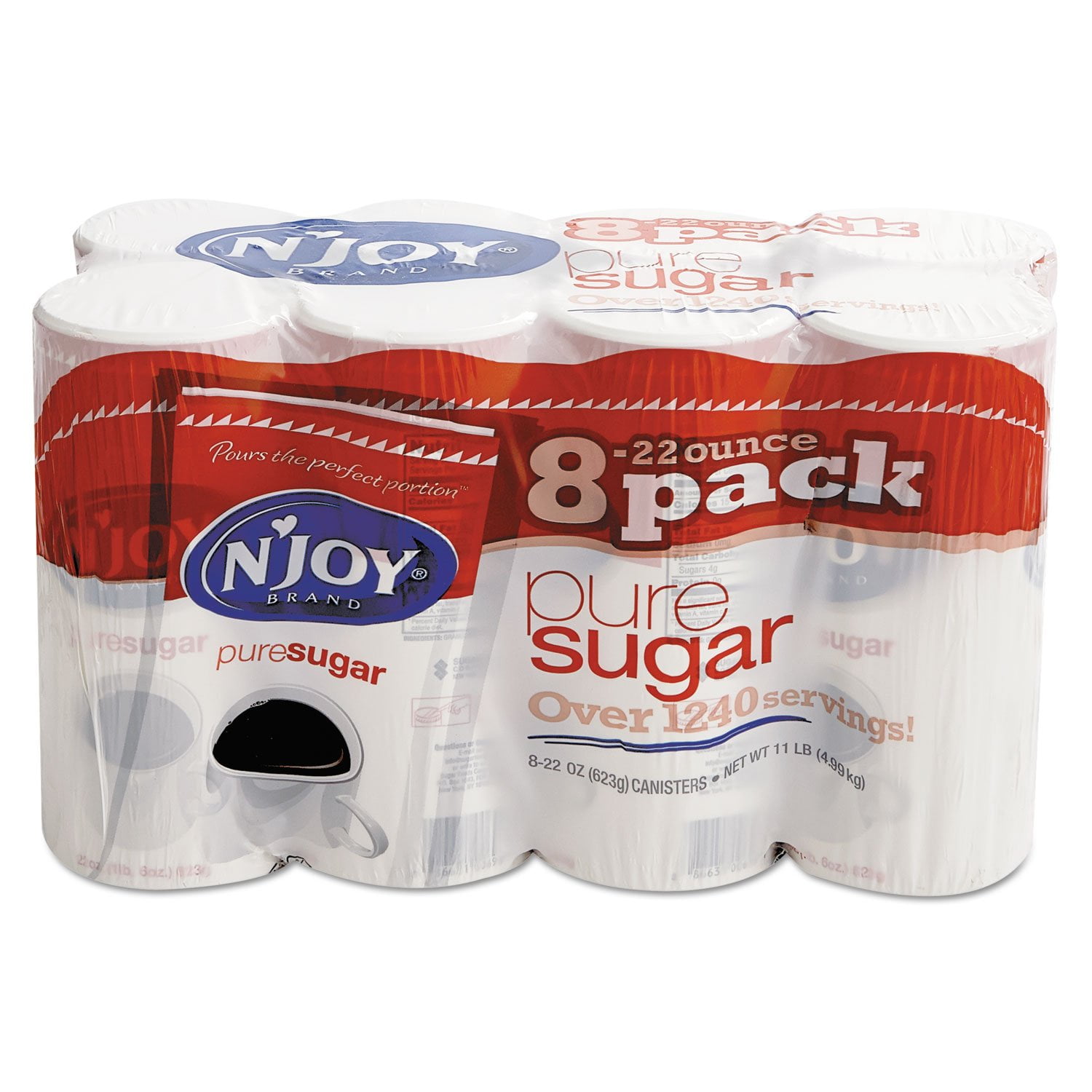Discover the Different Applications and Advantages of Sugar Cane in Everyday Life
Sugar cane, often overlooked, plays a substantial duty in numerous facets of life. Its culinary applications range from improving flavors to offering all-natural sweet taste. Past the kitchen area, sugar walking stick's removes locate usages in pharmaceuticals and cosmetics, showcasing its flexibility. Additionally, it contributes to sustainability through biofuel manufacturing. The myriad means sugar Cane influences health and wellness and the setting raising questions regarding its untapped potential. What other benefits might this plant offer?
Culinary Uses of Sugar Walking Stick
Although often connected mostly with sugar, sugar Cane boasts a selection of cooking applications that extend much past its role in the production of sugar. In several cuisines, sugar Cane is used in its fresh type, where the stalks can be squashed to draw out juice, offering a invigorating and naturally pleasant component for various dishes. This juice is usually made use of in sauces, marinates, and dressings, boosting flavors with its one-of-a-kind sweetness.
Additionally, sugar Cane can be refined right into molasses, a byproduct rich in nutrients and taste, which adds deepness to savory recipes and baked items. Cooks likewise check out sugar cane's coarse stalks, using them as skewers for cooking, imparting refined sweetness to vegetables and meats. Beyond its usage in standard dishes, sugar Cane is obtaining acknowledgment in modern gastronomy, where innovative cooks utilize its flexibility to create one-of-a-kind flavor profiles, showcasing the active ingredient's prospective throughout a vast selection of culinary productions.

Sugar Cane in the Beverage Sector
Sugar walking stick's versatility expands right into the beverage market, where it works as a fundamental active ingredient in a range of beverages. One of one of the most remarkable items derived from sugar Cane is rum, a distilled spirit that has actually obtained worldwide popularity. In addition, sugar Cane juice itself is a rejuvenating drink enjoyed in many tropical regions. It is frequently offered cooled and can be located at street suppliers and regional markets.
Sugar Cane contributes to the manufacturing of sweet soft drinks, where it adds sweetness that boosts flavor profiles. Its all-natural sweetness is likewise utilized in the crafting of mixed drinks and numerous alcohols, providing a much more genuine preference compared to synthetic sweeteners. Past these applications, sugar Cane is being explored for its potential in producing much healthier drink alternatives, as customers significantly seek organic and all-natural alternatives. Overall, sugar Cane plays a critical role in enriching the beverage landscape.
The Duty of Sugar Cane in Cosmetics
The cosmetic sector has increasingly recognized the advantages of sugar cane, leveraging its all-natural residential or commercial properties for skin care and elegance products. Sugar Cane has glycolic acid, an alpha-hydroxy acid (AHA) recognized for its exfoliating buildings. This compound helps to get rid of dead skin cells, advertising a smoother and much more radiant complexion. In addition, sugar Cane is rich in antioxidants, which combat cost-free radicals and may reduce the aging procedure.
Sugar Cane essences are frequently included right into formulations for their hydrating top qualities. They can boost wetness retention, making skin appear plumper and healthier (What Is Sugar Cane Used For). Many brands also use sugar cane-derived components in body scrubs and cleansers, profiting from its capability to delicately rub away impurities
Drug Applications of Sugar Cane
As scientists discover the capacity of all-natural resources, sugar Cane becomes a valuable element in the pharmaceutical field. Its energetic compounds, consisting of flavonoids and phenolic acids, display antioxidant and anti-inflammatory homes, making them ideal for developing various health products. Sugar Cane derivatives, such as molasses and bagasse, are also made use of in the solution of syrups and tonics, boosting their medical value.
Sugar walking cane's sucrose serves as a natural sweetener in pediatric medication, improving the palatability of otherwise unappealing drugs. The bioactive substances stemmed from sugar Cane have actually shown promise in combating chronic conditions, consisting of diabetes mellitus and cardiovascular problems.
In addition, the plant's high fiber material adds to gastrointestinal health, while its polysaccharides help in drug delivery systems, facilitating far better absorption of pharmaceutical substances. Generally, the integration of sugar Cane right into pharmaceutical applications highlights its adaptability and possibility in advertising health and wellness and health.

Sugar Cane as a Lasting Biofuel
While worldwide energy demands remain to increase, the change to lasting biofuels provides a possibility for technology, with sugar Cane being a top prospect. This flexible plant can be exchanged ethanol, an eco-friendly power resource that considerably minimizes greenhouse gas discharges compared to nonrenewable fuel sources. The procedure involves fermenting the sugars extracted from the cane, which can then be mixed with gasoline or used as a standalone fuel.
In addition, sugar walking stick's high return per acre makes it an efficient option for biofuel manufacturing, optimizing energy result while decreasing land usage. Growing sugar Cane additionally sustains regional economic situations and creates task opportunities in farming and production fields. As countries look for to diversify their energy profiles and reduce dependence on non-renewable resources, sugar Cane biofuel stands as a viable remedy, adding to the global adjustment toward cleaner energy alternatives.
Sugar Cane and Environmental Conveniences

Although typically neglected, sugar Cane plays a substantial duty in promoting ecological sustainability. This functional plant is highly efficient in co2 absorption, contributing to cleaner air (What Is Sugar Cane Used For). Via photosynthesis, sugar Cane absorbs more CO2 than several other plants, which aids minimize environment change impacts
Sugar Cane cultivation can boost dirt wellness. Its deep-root system prevents dirt disintegration and enhances water retention, promoting an extra resistant community. Furthermore, sugar Cane can be grown in less fertile land, decreasing the stress on arable land required for food manufacturing.
The byproducts of sugar walking cane, consisting of bagasse and molasses, can be repurposed to produce natural fertilizers and soil conditioners, even more benefiting agricultural practices. By integrating sugar Cane into sustainable farming systems, communities can promote biodiversity and reduce reliance on artificial chemicals. The ecological benefits of sugar Cane extend past its financial worth, supporting a more sustainable future.
Cutting-edge Uses Sugar Cane in Sector
The cutting-edge uses sugar Cane in market are expanding swiftly, see here now showcasing its adaptability past typical applications. This renewable energy has substantial potential in biofuel manufacturing, lasting product packaging services, and wellness and nourishment products. As sectors seek environment-friendly choices, sugar Cane is becoming a principal in advertising sustainability and improving product offerings.
Biofuel Production Possible
Harnessing the all-natural sugars discovered in sugar walking stick, industries and scientists are increasingly concentrating on its possibility for biofuel production. Sugar Cane is abundant in sucrose, which can be fermented to produce ethanol, a renewable resource source that can change nonrenewable fuel sources. This procedure not only lowers greenhouse gas emissions yet additionally promotes power independence. In addition, the byproducts of sugar Cane processing, such as bagasse, can be made use of to generate power, further improving the sustainability of biofuel manufacturing. Countries with abundant sugar Cane growing, like Brazil, are leading the means in biofuel innovations, showcasing financial benefits and ecological responsibility. As innovation progresses, the performance of transforming sugar Cane right into biofuel continues to enhance, solidifying its function in the future of renewable resource.
Lasting Packaging Solutions
As markets seek environmentally friendly alternatives to conventional products, sugar Cane becomes an encouraging resource for sustainable packaging options. The fibrous by-products of sugar walking stick, especially bagasse, are significantly used to create biodegradable packaging products. This product not just minimizes reliance on petroleum-based plastics but also adds to decrease carbon exhausts throughout production. Business are now adopting sugar cane-based packaging for a range of applications, including food containers, disposable utensils, and safety packaging. These services not just satisfy customer demand for eco friendly options yet likewise align with business sustainability goals. As awareness expands, the shift towards sugar cane-derived product packaging shows a more comprehensive commitment to reducing environmental impact while preserving functionality and efficiency in numerous sectors.
Health And Wellness and Nutrition Products
Innovative applications of sugar Cane prolong beyond lasting product packaging, discovering considerable roles in health and nourishment products. Sugar Cane is significantly used for its natural sweetness and dietary benefits, functioning as a healthier choice to fine-tuned sugars. Its removes are included into different food and drink solutions, offering a resource of energy while contributing important minerals and vitamins. Additionally, sugar Cane juice is rich in anti-oxidants, promoting general health and wellness and assisting in digestion. The fibers from sugar Cane are additionally being checked out for their possibility in nutritional supplements, improving fiber consumption in modern diets. As consumers look for much healthier options, sugar Cane continues to become a functional component that lines up with the expanding need for nutritious foodstuff.
Regularly Asked Questions
What Are the Nutritional Perks of Sugar Cane?
The nutritional advantages of sugar Cane include its all-natural sugars, vitamins, and minerals. It offers and has anti-oxidants hydration, possibly helping digestion and power degrees, making it a useful addition to a balanced diet.
Exactly How Is Sugar Cane Harvested and Processed?
Sugar Cane is gathered by cutting the stalks short, adhered to by carrying them to refining centers. There, they undergo washing, crushing, and clarification to extract juice, which is check these guys out then processed into sugar products.
Exist Any Type Of Wellness Threats Connected With Sugar Walking Stick?
The concern of health and wellness risks associated with sugar Cane discloses potential concerns. High sugar web content can bring about excessive weight and diabetes, while too much usage may also cause gastrointestinal discomfort. Small amounts is necessary for preserving general health.
Can Sugar Cane Be Expanded in Any Type Of Climate?
Sugar Cane grows in subtropical and exotic climates, needing warm temperature levels, plentiful sunlight, and substantial rains. It sites struggles in cooler areas, limiting its growth mainly to locations with excellent climatic problems for optimal return.
What Is the Background of Sugar Cane Farming?

Usually linked primarily with sweeteners, sugar Cane flaunts a range of cooking applications that extend far past its duty in the production of sugar. Furthermore, sugar Cane can be refined into molasses, a by-product rich in nutrients and taste, which includes deepness to baked products and tasty recipes. Using the all-natural sugars discovered in sugar walking cane, sectors and scientists are significantly concentrating on its potential for biofuel production. Sugar Cane is significantly utilized for its natural sweetness and dietary benefits, serving as a healthier alternative to fine-tuned sugars. The dietary benefits of sugar Cane include its all-natural sugars, vitamins, and minerals.